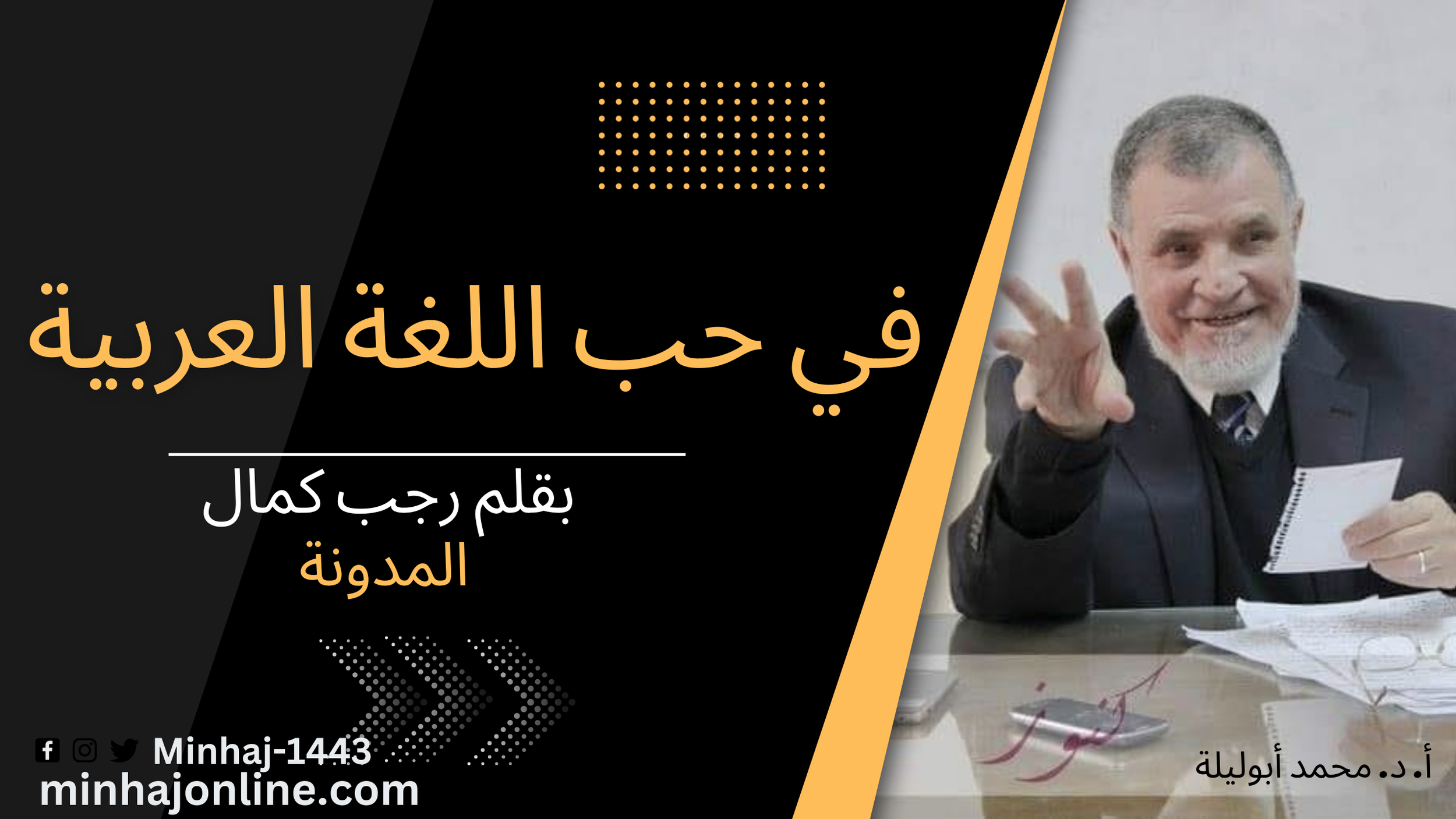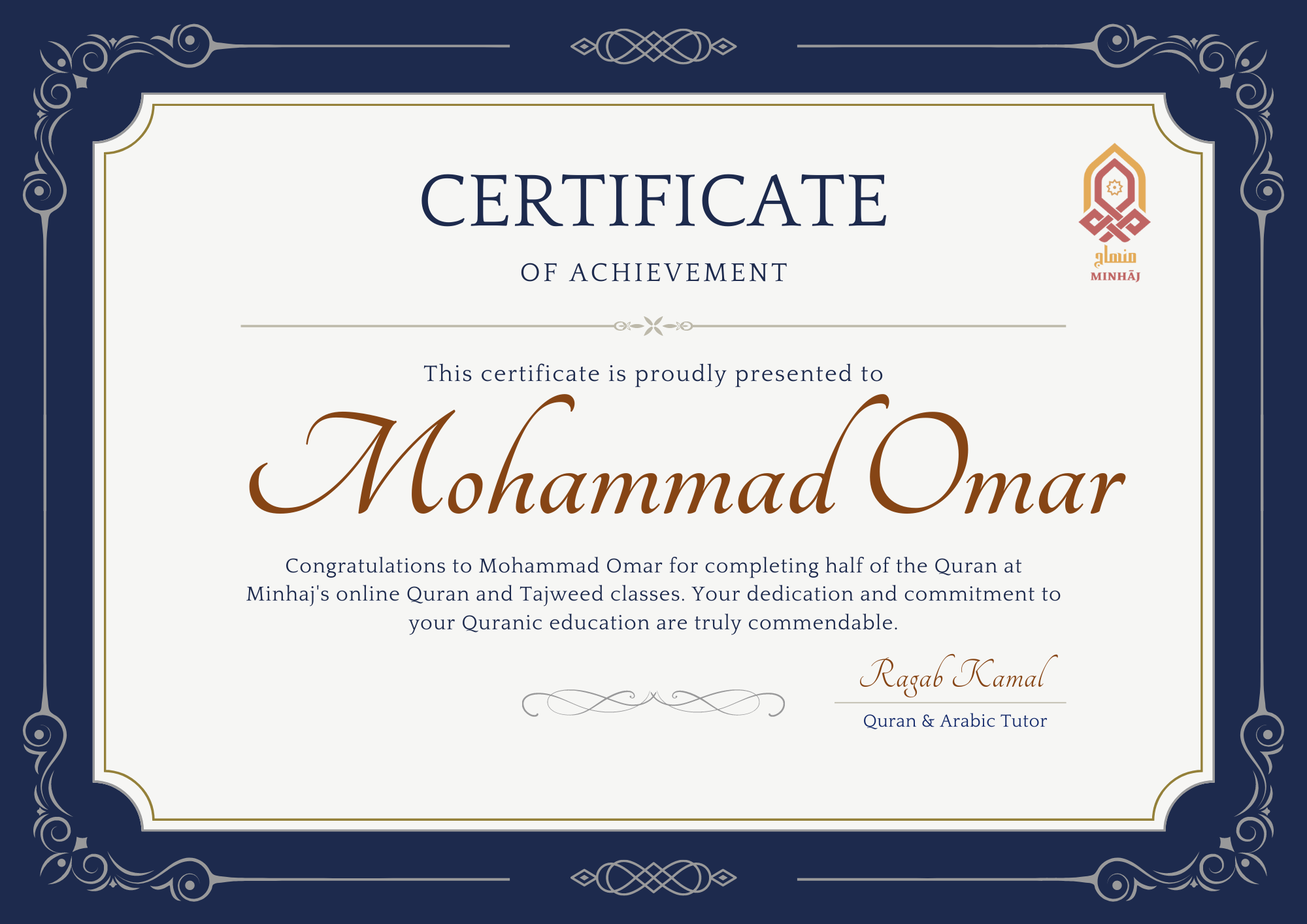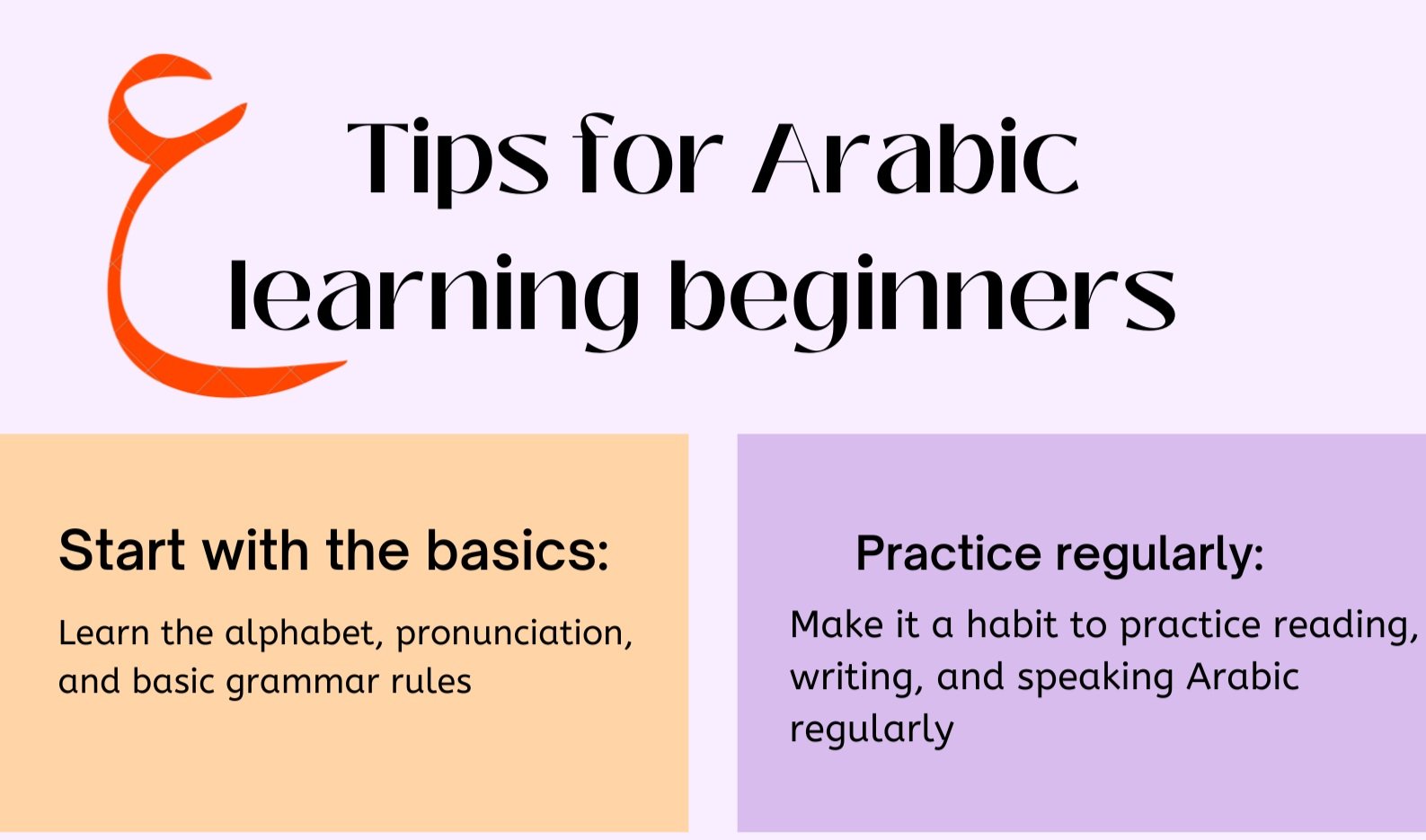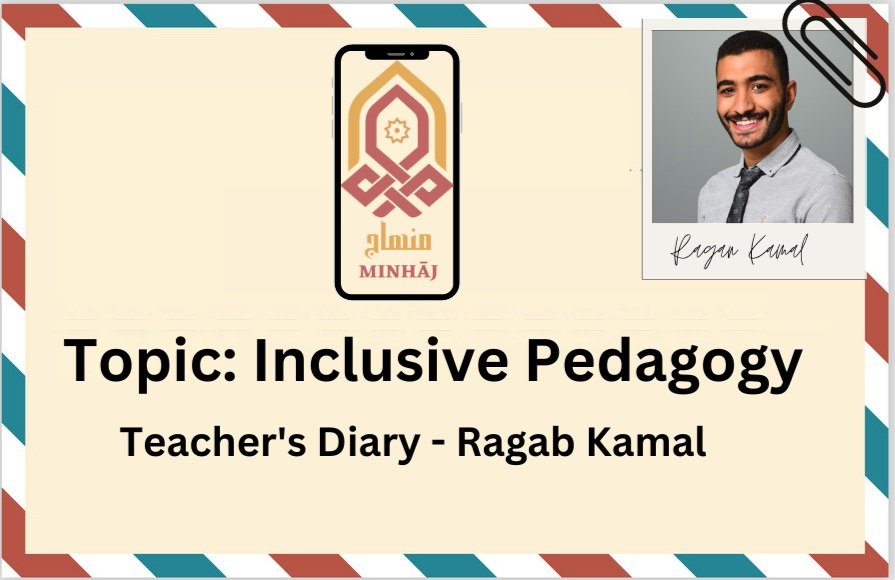learning’s Barriers
Teacher’s Diary -Episode 6 -Ragab Kamal
Sometimes during the lessons with my students, I get the impression that I was talking to someone else, or maybe that student was not here a few minutes ago, even though he/she has been looking at me for so long. In other words, we say that he/she was in mind absence.
Here in this article, I’d like to cover four reasons that cause the educational barriers that give us as educators the impression that our students were not paying attention, in the meantime she/he could have been doing their best to make the best of the lesson during the session.
Some common barriers to learning
Unconscious biases are social stereotypes about certain groups of people that form outside one's own conscious awareness. Everyone holds unconscious beliefs about various social and identity groups. And these biases stem from one's tendency to organize social environments by categorizing. This categorization can lead to barriers including varied interactions with students, categorizing student expectations by stereotypes, and non-objective grading and expectations.
Another barrier to learning is a lack of motivation. Now you may be thinking that it is not the sole responsibility of an instructor to motivate students, and this is partly true. Students need to be self-motivated to learn, especially those learning in an online environment. But there are things we can do in our teaching to increase motivation for all learners. For example, not understanding the application or purpose of material due to a lack of clarity in learning outcomes and how to achieve them. Difficulty understanding or interpreting the materials, and a willingness to embrace new knowledge influenced by social, economic, political, and cultural background.
Material comprehension can also be a barrier to learning, including a lack of clarity in the presentation of concepts, a lack of access to course materials in an accessible optimal format for all learners. And a lack of engagement or variability in the content or the assessments throughout the learning experience.
Communication and emotional barriers can impede a speaker's ability to deliver a clear message or a receiver’s ability to hear a message effectively. Common emotions such as anger, love, joy, frustration, disappointment, and sadness can all create emotional barriers that negatively affect communication. Cultural barriers can hinder developed communication if two different cultures clash. perceptual barriers, these are internal barriers that create the perception that the other person, that they are going to speak with will not understand or be interested in what they have to say. For example, the possibility of words being misconstrued because of one's gender.
We always - as parents and educators look forward to removing the learning barriers to assist the learners. In the next few articles, I would give you some tips on how to give all the students get in the course to have an enjoyable and effective learning experience.
However, to understand and analyze how to fix such problems we should also understand it is even important to understand What Inclusive Pedagogy means? Why is Inclusive Pedagogy Important? What are the goals of Inclusive Pedagogy? What are the problems students and educators may face? How to solve problems as such?
This article is mostly a summary of a course on Inclusive Online Teaching Teach-Out at Johns Hopkins University. you can apply for the whole course with financial aid as well and study the course for free. Click (Here) to join.
You can share with us in the comment section your experience with the learning barriers you had, and how you deal with them in the class room.










